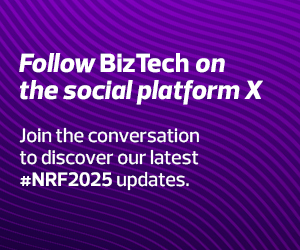Experts Showcase Interactive Store Environments
Experts will take attendees on guided walking tours of New York City’s cutting-edge retail environments. Industry professionals will also get access to the NRF Innovators Showcase to preview new-to-market tech. Attendees can also access the expo, featuring presenters from more than 100 countries doing live demos of retail technology. A CDW session on innovating today for tomorrow’s retail will also feature real-life examples of how retailers are implementing AI, RFID and IoT to streamline store efficiencies. Plus, Flo Rida is set to take the stage Jan. 13 at Retail’s Big Concert, with an opening set by DJ Pauly D.
DIG DEEPER: These retail solutions and services from CDW can help your organization.
Unified Commerce Brings All Data Sets Together
Unified commerce has emerged as the next evolution after omnichannel retail, streamlining customer experiences by integrating all sales channels into a single, cohesive platform. With this approach, retailers can achieve greater personalization and see a far more robust customer profile.
“If you're not doing a unified approach, you have three personas. You might not even know they're the same person,” Szanger says. “With truly unified data, I can now see what you did online, what you did in-store, what you did in the mobile app.” The customization becomes much more precise.
Shopify is taking this a step further by “creating online marketplaces for small and midsize retailers so they can harness their data and understand their customers’ journeys across platforms,” he adds.














